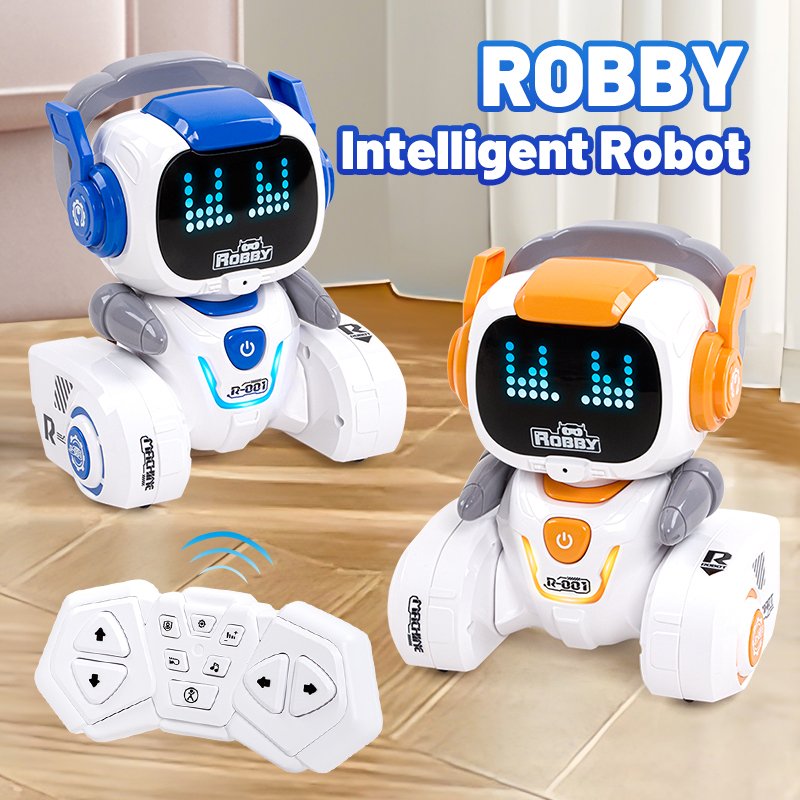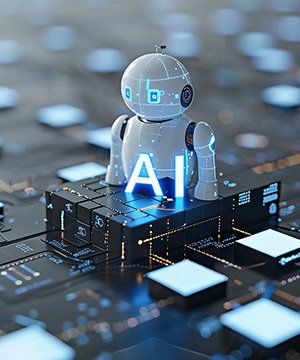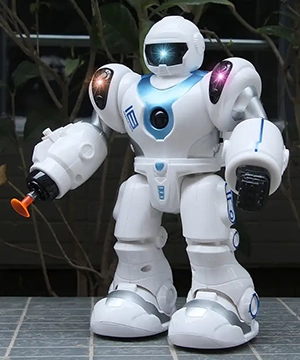Introduction: The New Era of AI Toys
With the rapid advancement of artificial intelligence (AI), technology has permeated various industries, and the children’s toy sector is no exception. While traditional toys like building blocks, dolls, and remote-controlled cars still dominate the market, AI-powered toys are gradually gaining popularity among parents and children due to their intelligence, interactivity, and educational value.
Recently, an AI toy that combines voice interaction and emotion recognition has attracted widespread attention. Not only can it engage in natural conversations with children, but it can also analyze their speech, facial expressions, and body movements to detect emotional changes, offering a more personalized interactive experience. The emergence of this toy marks a shift in AI toys from “passive entertainment” to “active companionship,” raising the question: Could toys of the future become children’s “AI friends”?

Voice Interaction: Making Toys “Talk”
1. The Application of Natural Language Processing (NLP) Technology
Traditional voice-activated toys can usually only execute simple commands, such as “play music” or “tell a story.” However, the new generation of AI toys utilizes advanced Natural Language Processing (NLP) technology, enabling them to understand more complex sentences and even engage in multi-turn conversations.
For example, when a child asks, “Why does it rain?” the AI toy can not only provide a scientific explanation but also follow up with, “Would you like to learn more about weather?” This interactive style closely mimics real human conversation, stimulating children’s curiosity and desire to explore.
2. Personalized Learning and Companionship
The voice interaction feature of AI toys goes beyond simple Q&A—it can adapt its responses based on the child’s age, interests, and learning progress. For instance:
- For toddlers aged 3-5, the toy uses simpler language and playful sound effects to capture their attention.
- For children aged 6 and above, it can introduce science facts, math logic, and other educational content, helping them learn while playing.
Additionally, AI toys can track a child’s speech patterns and preferences, offering long-term companionship and evolving into a “personalized learning buddy.”
Emotion Recognition: Making Toys “Understand Feelings”
1. How Does It Detect a Child’s Emotions?
Emotion recognition is another standout feature of this AI toy. It identifies a child’s emotional state through:
- Speech Emotion Analysis: Detecting happiness, frustration, or anger through tone, speed, and volume.
- Facial Expression Recognition: Using built-in cameras to capture smiles, frowns, and other expressions.
- Behavioral Pattern Analysis: If a child remains silent or moves sluggishly for an extended period, the AI may infer low mood and ask, “Are you feeling sad today?”
2. Emotional Comfort and Psychological Support
In today’s busy world, many parents struggle to constantly monitor their child’s emotions. AI toys can help fill this gap by:
- Initiating conversations, telling jokes, or playing cheerful music when a child feels lonely.
- Offering encouragement when a child is upset: “It’s okay, try again—you can do it!”
- Sending alerts to parents via an app if prolonged emotional distress is detected, allowing timely intervention.
While AI cannot replace genuine human emotional connection, it can serve as an “emotional barometer,” helping parents better understand their child’s inner world.
Safety and Privacy Concerns with AI Toys
1. How Is Data Security Ensured?
Since AI toys collect children’s voice and image data, privacy protection is crucial. Manufacturers must ensure:
- Encrypted data storage to prevent leaks.
- Compliance with regulations like GDPR (General Data Protection Regulation).
- Parental control over data, including the ability to delete information at any time.
2. Avoiding Overdependence on AI
Despite their benefits, experts recommend:
- Parents should maintain real-life interactions with children, not letting AI replace human bonding.
- Setting reasonable daily usage limits to prevent addiction.
- Choosing age-appropriate AI toys to avoid exposing children to overly complex technology too soon.
Future Outlook: Trends in AI Toy Development
As technology evolves, future AI toys may incorporate:
- Augmented Reality (AR): Allowing children to interact with virtual characters for deeper immersion.
- Brain-Computer Interface (BCI): Using brainwave detection to optimize learning focus.
- Multimodal Interaction: Expanding beyond voice and visuals to include touch, scent, and more.
Conclusion: AI Toys Are Companions, Not Replacements
This AI toy, combining voice interaction + emotion recognition, represents the future of smart children’s products—it’s not just an entertainment tool but also an emotional companion and learning aid. However, no matter how advanced technology becomes, it cannot replace parental love and real human connection.
The true value of AI toys lies in helping parents better understand their children and providing support when needed—not in replacing genuine relationships. As AI continues to advance, we may see even more “emotionally intelligent” toys, but at the end of the day, real growth still depends on love, companionship, and authentic interaction.

